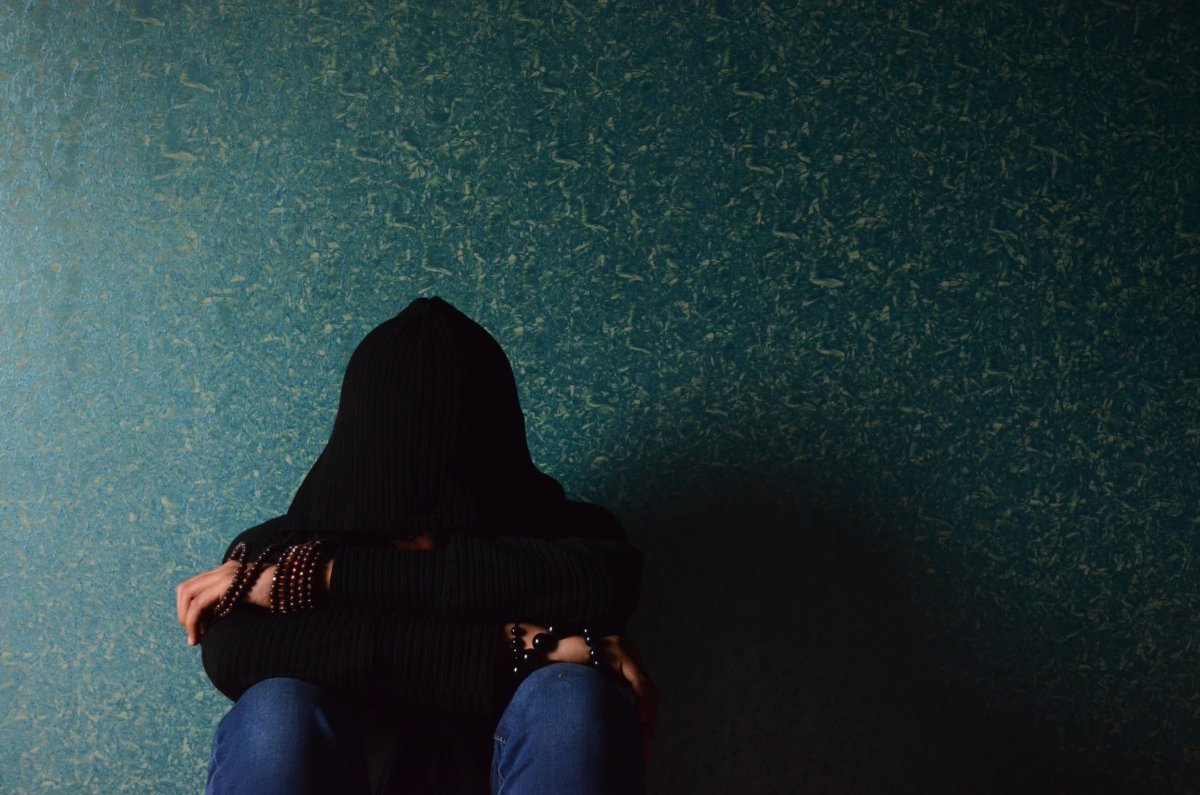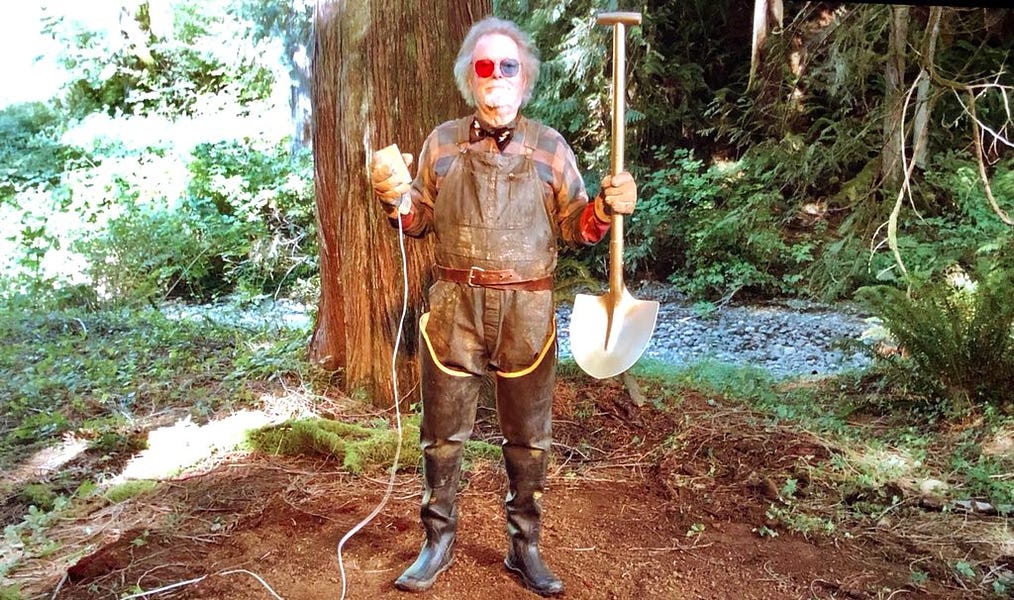Your cart is empty

Staying Positive in the Dark
A timely discussion on Mental Health
At Sheep in Wolf’s Clothing, we live for more than just beer! As part of our mission to boost community, inclusivity, and sustainability we are obligated to host uncomfortable discussions in a safe space.
We’ve brought up mental health issues several times before. Our collaboration with #wrestlingdemons was aimed at helping hospitality professionals recover from being run ragged the past few years. But it seems we're all being put through the wringer these days.
It seems anytime you check online news sites and social media, you hear about more deaths and atrocities in Ukraine. In other places like Iran, those who have been marginalised and mistreated are risking life and limb to bring positive change.
Even here on our small island, we're faced with rising energy bills, inflation and overall skyrocketing cost of living.
As many of us are being forced to choose between heating our flats and putting food on the table–it’s only fair if we feel negative! All of this grinding and uncertainty can surely make us feel a bit low.
On top of all that, the days are perpetually shortening. Each coming day brings us less of the British sun’s glorious pale rays. And believe it or not, there’s a psychological disorder related to this lack of light. It’s called seasonal affective disorder (SAD) and you may be suffering from it.
What is Seasonal Affective Disorder?
SAD is recognized as a major depressive disorder that occurs regularly around the same time each year. Feelings of depression, anxiety, and worthlessness may last for several months and then appear to have resolved on their own.
One of the early clinicians to identify SAD was Norman E. Rosenthal, MD. He postulated that his own seasonal symptoms were related to the ‘polar night’ of the northern US winters. Together with his peers, he was able to reduce these symptoms by experimenting with light therapy.
Seasonal affective disorder affects millions of people all over the world. In many ways, the symptoms of the disorder are nearly identical to that of clinical depression. SAD is now defined in the DSM-5 as the qualifier “with seasonal pattern” and can be applied to many depressive disorders.
SAD Statistics in Britain
Here in the UK, a survey found that more than 5% of the country is diagnosed with seasonal affective disorder. The report also found that over 35% of the population states their moods are at least somewhat affected by the darker winter and autumn months.

Image source: MicroBizMag
Data shows that in the UK, more men are diagnosed with SAD than women
Most global studies agree that women are diagnosed with SAD twice as often as men. However, the UK survey by Micro Biz Mag found that 9% of men stated they had been diagnosed with the disorder compared to 4.5% of women.
Interestingly enough, women were found to be 50% more likely to suffer from low moods in autumn and winter than men. It was found that survey respondents aged 16-35 were more than three times as likely to have been diagnosed with SAD as those aged 55 years and older.
Symptoms of SAD
Seasonal affective disorder features a long list of symptoms, most of which are similar signs of general depression. Common effects of SAD include the following:
- Feeling ‘low’ and having less energy to do things
- Loss of interest in hobbies or passions
- Inability/disinterest in attaining and feeling pleasure
- Loss of libido
- Withdrawal from social circles and activities
- Decreased activity levels including exercise
- Irritability
- Feelings of worthlessness and guilt
- Finding it hard to focus or concentrate
- Craving carbohydrates and associated weight gain
- Weight loss due to lack of motivation to cook, shop, and/or eat
- Thoughts of suicide
- Insomnia
- Oversleeping or sleeping throughout the day
Doesn't sound too fun, does it?
SAD Diagnosis
If you suspect you may suffer from SAD, you will need to be evaluated by a professional. Psychologists and other medical professionals have developed screening tools to eliminate other causes of these symptoms. Dr Rosenthal has also developed the Seasonal Pattern Assessment Questionnaire (SPAQ) to diagnose the disorder.
For the ‘internet MDs’ out there, a diagnosis of seasonal affective disorder must include at least five of the previously listed symptoms occurring for at least two weeks. And according to the NHS, the two following conditions must be met:
- your depression occurs at a similar time each year for at least 2 years
- the periods of depression are followed by periods without depression
As always, please see your GP if you suspect you are suffering from seasonal depression.
Treatment Options for SAD
While seasonal affective disorder is relatively new, there is a wealth of evidence-based and alternative treatment options available.
Self-help
While there are prescribed methods for treating SAD, many will want to first consider self-help methods depending on the severity of their symptoms. These methods are also effective at alleviating general feelings of depression.
- Avoid isolation- check in with flatmates, friends, work colleagues and family. Even without verbal communication, it can help to spend time in spaces with others.
- Get outside- feel the warmth of the sun daily–we know this can be hard on Old Blighty! Even 20-30 minutes of fresh air and sun every day can make a difference.
- Eat well and move- sort out your physical health by getting your five-a-day and getting daily exercise. Do physical activities outside and get two birds with one stone!
- Stick to a routine- get up early to maximise the hours of daylight. Have a structured schedule with work and social activities that allows you regular sleep patterns.
- Practice mindfulness and meditation- breathing exercises, yoga, ASMR, and other methods can help clear your mind and eliminate stressors.
- Spend time with pets- sign up for an activity like dog-walking, volunteer to watch your mate’s pet, or if you feel up to it get one of your own. Spending time with animals is a proven way to reduce feelings of depression.
- Go on nature walks- they help you get outside, see some green, and get sunlight. Not to mention walking is a great way to get exercise, socialise, or get a different form of ‘mediation’.
Light Therapy
The jury is still out on light therapy but some studies have proven it to be effective when dealing with seasonal affective disorder. A special lamp called a light box is used daily to simulate exposure to sunlight. Typically this is done in short 20-30 minute sessions as soon as you wake up.
Another similar option is to use sunrise alarm clocks. These alarms simulate the fading light of sunset or the gentle increase in light due to sunrise.
Cognitive Behavioural Therapy
Also known as CBT, cognitive behavioural therapy is a solid alternative to medications for psychological disorders. Essentially, CBT is about breaking down old patterns or strategies of thinking and re-building them from the ground up.
The best way to learn CBT strategies for depressive disorders like SAD is to spend time with a specially trained therapist. They will help you build a unique programme that is tailored to your needs.
Counselling and Talk Therapy
Just about all of us can benefit from talk therapy every now and then. Anytime you’re feeling low, it’s worth discussing what’s happening with a professional. They can help you get to the root of your problem and construct a resolution plan.
Antidepressants
The preferred medical treatment for SAD is selective serotonin reuptake inhibitors (SSRIs). These medications increase the level of serotonin in your brain. This is important because one of the mechanisms of SAD is thought to be related to high levels of melatonin and low levels of serotonin.
As always, never take medicine like antidepressants without first consulting your doctor.
Tips for Staying Positive in Tough Times
Whether or not we are experiencing SAD, we all suffer from time to time–it’s part of the human condition. One way to combat feelings of depression is to stay positive no matter what–we know it isn’t always so easy or simple.

Dr Jacoby of Twin Peaks with his ‘golden shovel’
Here are a few ‘golden shovels’ to dig ourselves out of ‘the shit and stay positive.
-
Avoid Denial and Acknowledge
When we’re feeling anxious or low, we need to acknowledge the existence of these negative feelings. Sure, avoiding the issue works as a coping mechanism short-term. But at the end of the day, those inclinations of depression aren’t going anywhere.
-
Focus On What You Can Control
Once you’ve acknowledged your negative emotions, you can explore what’s contributing to them. Things like the economy and the weather are way beyond your control. Instead, focus on what you can control. In this way, you can try to take a load off by eliminating worries about things you can’t affect.
-
Be Proactive and Reach Out to Others
Sure, feeling low can make us want to hide under a rock. However, it’s best to resist such urges as they will only make you feel even more isolated. Make an effort to reach out and check in with your friends and family.
-
Sort Your Physical Health Out
Mental health and physical health are tied to one another. If one is lagging behind, it slows down the other. Eat a well-balanced diet and find enjoyable physical activities you can perform on most days.
-
Be Grateful
When you’re feeling negative thoughts you can erase them from your mind by thinking of something positive. One of the easiest ways to do that is to think of something or someone that makes you feel thankful. This can be a simple exercise like creating a mental list when you wake up or before you go to sleep.
You can also consider keeping a gratitude journal. This gives you something to carry around and refer to as often as needed throughout the day.
-
Give back
It’s not always so easy to find the motivation and time, but when we give to others we can’t help but feel more positive. Volunteer for a local charity in your community–we know it will make a difference!
Places to Reach Out for Help
If you are feeling desperate, lonely, or experiencing suicidal ideation, there are places you can get help:
Breathing Space - 0800 83 85 87
Samaritans - 116 123
Mental Health Innovations text "SHOUT" to 85258
We All Have Our Own Journey
Creating an open dialogue for mental health is extremely important to us. No matter how hard you try, you can’t know what is going on in the lives of your friends, family, neighbours, and co-workers. Chances are some of your mates are going through some tough times right now.
It always helps to talk about things. Even just being there to listen can make all the difference in the world. You can also look to community groups for support. Edinburgh Blue Balls is a group of men that meet together to jump into the freezing waters of Scotland; they also openly talk about their mental health.
Whether you’re feeling high or low, it’s probably worth reaching out to those in your social circles and just asking, “How are you feeling?”.
Until next time, stay safe (and warm) everyone!
- Choosing a selection results in a full page refresh.


